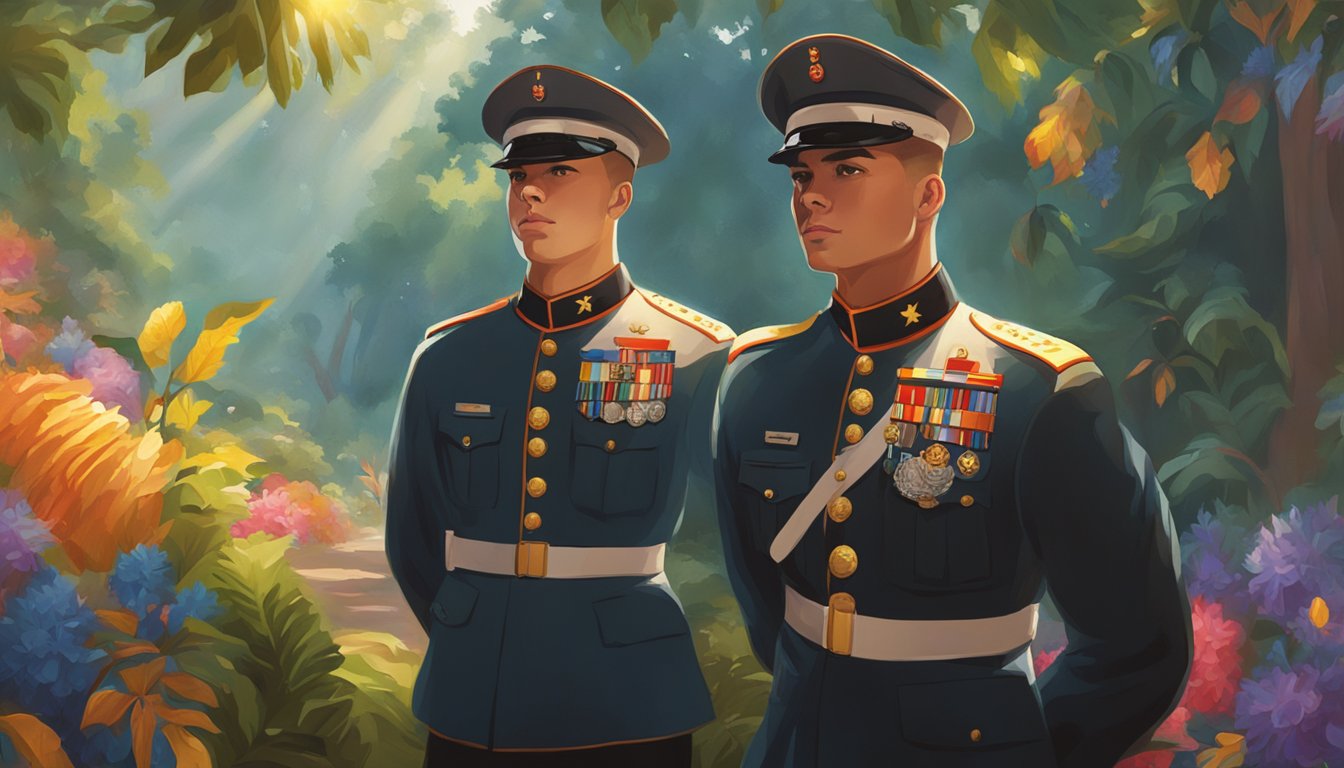Between August and December 2024, recruits at the U.S. Marine Corps Recruit Depot (MCRD) in San Diego encountered an unexpected twist in their yearbook photography experience.
Instead of posing in their official, full dress uniforms for the important photographs, these recruits found themselves digitally adorned with modified versions of their dress blue coats and covers.
Photography Process Changes
For many, these photos encapsulate a pivotal moment in their boot camp journey.
As recruits wait eagerly for their turns in line, they don these altered uniforms, knowing that the fleeting snapshot taken by a photographer often transforms into a treasured keepsake for their families, proudly showcased at home.
During this timeframe, a contracted photography vendor sought to streamline the photo process by “photoshopping” the dress uniforms onto the recruits’ images.
Captain Austin Gallegos, a Marine Corps spokesman, explained that this digital enhancement aimed to give a uniform look to the yearbook images and hasten the overall photography process.
Return to Authenticity
However, after careful review, the leadership at MCRD San Diego determined that this method fell short of the Marine Corps’ high standards for authenticity and representation.
As a result, the decision was made to revert to the classic method, where recruits wear their actual uniforms during the photo sessions.
This change was implemented to preserve the integrity of the recruit yearbook photographs and maintain trust with all involved.
Gunnery Sergeant Taylor Yontz, a Marine recruiter and active social media contributor, voiced his surprise upon discovering the use of digital alterations.
In an online video, he detailed the initial process: recruits were photographed in their green skivvy shirts and camouflage pants in a studio.
The dress uniforms were later added in post-production.
Recruits’ Feedback
While the use of digital enhancements significantly reduced the time spent on photos—from several hours to about 45 minutes—it also meant less downtime for recruits.
Instead of enjoying a break, they could expect to engage in increased physical training and activities.
In the end, the decision to return to traditional photography methods received a warm welcome, especially from the recruits themselves, who valued the authenticity of their yearbook images.
An update following the review clarified that it was indeed the contractor who had been responsible for the digital enhancements seen in the photos.
Source: Taskandpurpose

